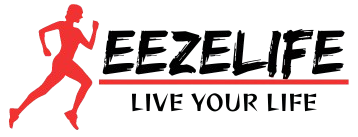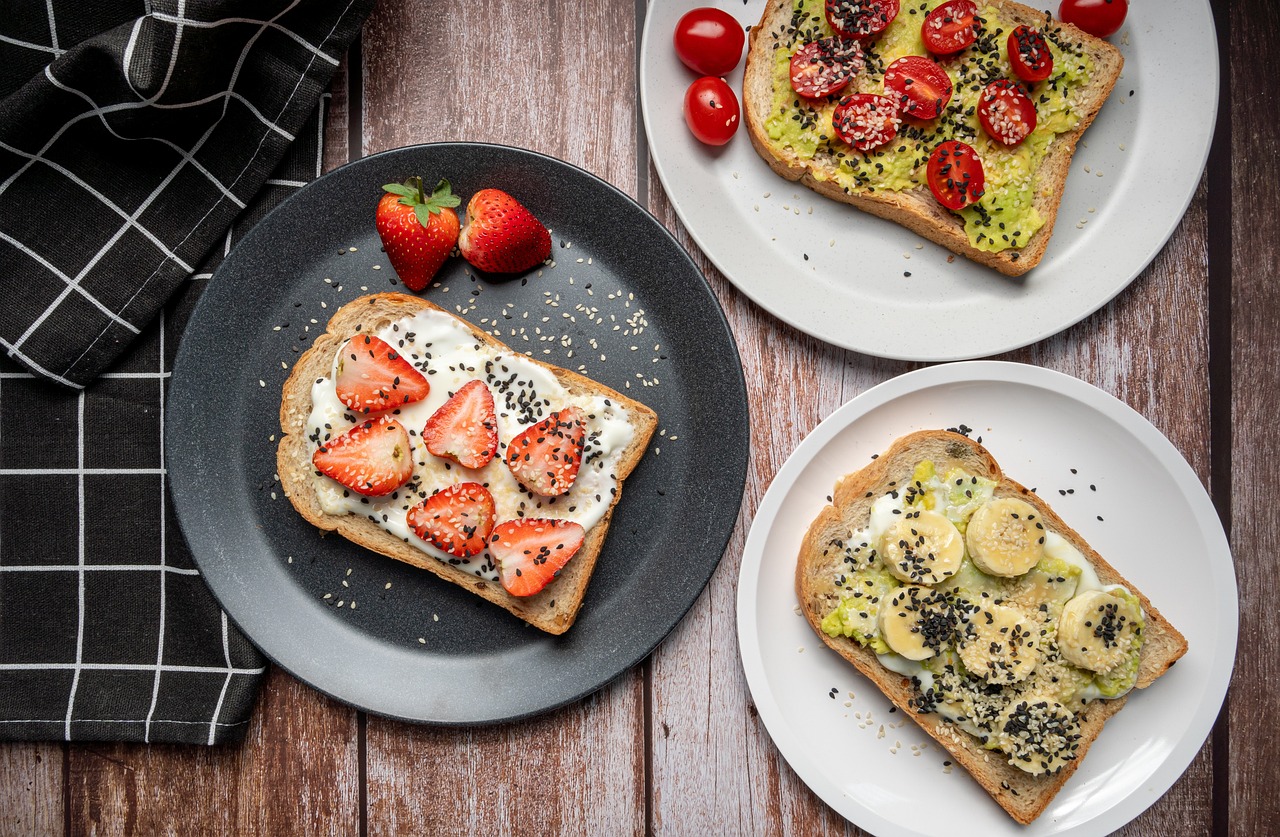In today’s hectic environment, sticking to a balanced diet may be difficult. Between busy work schedules, social obligations, and everyday errands, many people struggle to consistently eat healthy meals that support their fitness and health goals. That’s where macro meal prep comes in. Whether you’re looking to build muscle, lose fat, or simply eat healthier, meal prepping based on your macronutrient needs can save you time, money, and effort while ensuring your diet is aligned with your goals. In this comprehensive guide, we’ll dive deep into the concept of macro meal prep, including its benefits, how to calculate your macros, tips for meal prepping effectively, and some recipe ideas to get you started.

What is Macro Meal Prep?
Macro meal prep involves planning and preparing meals in advance with a specific focus on meeting your macronutrient (or macro) targets. Macronetrients The three primary nutrients that supply energy and are essential for general health and fitness are proteins, carbs, and fats. Each macro serves a distinct function in the body:
- Protein supports muscle repair, immune function, and hormone production.
- Carbohydrates provide a primary source of energy for the body, especially during physical activity.
- Fats are essential for cell structure, hormone regulation, and nutrient absorption.
Tracking and adjusting your macronutrient intake can help you meet specific goals, such as weight loss, muscle gain, or maintaining a healthy body composition. By prepping meals that align with your personalized macro targets, you ensure that every meal is nutritionally balanced and catered to your objectives.
Why is Macro Meal Prep Important?
Meal prepping with macronutrients in mind offers several advantages, making it an essential practice for those looking to optimize their nutrition:
1. Consistency in Hitting Nutritional Goals
One of the biggest challenges of achieving fitness or health goals is consistency. When you prepare meals ahead of time with precise macronutrient counts, you’re far less likely to deviate from your diet. This consistency is key to making steady progress, whether you’re cutting fat or building muscle.
2. Time and Stress Savings
Meal prepping allows you to save time during the week by preparing multiple meals in advance, which means no scrambling to cook dinner after a long day or ordering takeout because you’re too tired to cook. By batch cooking, you reduce the daily burden of deciding what to eat and reduce kitchen clean-up time, making your week less stressful.
3. Portion Control and Avoiding Overeating
When you’re not tracking your food intake, it’s easy to overeat or under-eat without realizing it. Macro meal prep helps ensure that your portion sizes are aligned with your specific goals, whether you need to increase calories for muscle gain or reduce them for fat loss.
4. Customization for Personal Goals
Everyone’s nutritional needs are different. Macro meal prep allows you to customize your meals based on your specific caloric and macronutrient goals. Whether you need higher protein for muscle building, more carbs for athletic performance, or lower fat for weight loss, you can tailor your meals to suit your body’s unique requirements.
How to Calculate Your Macros for Meal Prep
Before you start meal prepping, it’s important to understand your macro requirements. Your macro needs will depend on several factors, including your age, weight, activity level, and fitness goals. Here’s a step-by-step guide to calculating your macros:
1. Determine Your Caloric Needs
First, you need to calculate your Total Daily Energy Expenditure (TDEE), which estimates how many calories you burn per day based on your activity level. You can use online calculators to estimate your TDEE or use this formula:
TDEE = Basal Metabolic Rate (BMR) x Activity Multiplier
To calculate your BMR, use the Mifflin-St Jeor Equation:
- For men: BMR = 10 x Body weight (kg) + 6.25 x height (cm) – 5 x age (years) + 5
- For women: BMR =10 x Body weight (kg)+6.25 x height (cm) – 5 x age (years)-161
Multiply your BMR by an activity multiplier:
- Sedentary (exercise little to nothing): BMR x 1.2
- Lightly active (light exercise 1-3 days a week): BMR x 1.375
- Moderately active (moderate exercise 3-5 days a week): BMR x 1.55
- Very active (intense exercise 6-7 days a week): BMR x 1.725
- Super active (twice a day training or very intense activity): BMR x 1.9
2. Set Your Macro Ratios
Once you know your caloric needs, determine the percentage of calories that should come from protein, carbohydrates, and fats. Typically, a balanced macro ratio begins with:
- Protein: 30% of total calories
- Carbohydrates: 40% of total calories
- Fats: 30% of total calories
For muscle gain, you may want to increase protein and carbs. For fat loss, you might reduce carbs slightly and focus on a higher protein intake.
3. Convert Percentages to Grams
Calorie content varies per gram for each macronutrient:
- Protein: 4 calories per gram
- Carbohydrates: 4 calories per gram
- Fats: 9 calories per gram
For example, if your daily caloric intake is 2,000 calories and you aim for 30% protein, 40% carbs, and 30% fats, your macro breakdown would be:
- Protein accounts for 600 calories (30% of 2,000).
- 600 ÷ 4 = 150 grams per day (Protein)
- Carbs accounts for 800 calories (40% of 2,000)
- 800 ÷ 4 = 200 grams per day (Carbs)
- Fats accounts for 600 calories (30% of 2,000)
- 600 ÷ 9 = 67 grams per day (Fats)

Once you have your grams of protein, carbs, and fats, you can plan your meals accordingly
Sandwiches with wholemeal bread, hummus or puree of fresh green peas, radish, cucumber, boiled egg, green onion and chard
Tips for Effective Macro Meal Prep
1. Plan Ahead
Successful macro meal prep starts with a plan. Before heading to the grocery store, create a meal plan that aligns with your macro goals. Make sure you have all the supplies you need by creating a thorough shopping list and including a range of meals for breakfast, lunch, supper, and snacks.
2. Invest in Quality Containers
Having the right containers can make meal prepping more efficient. Look for portion-controlled containers that allow you to easily divide your proteins, carbs, and fats. Because glass containers are sturdy and safe to use in the microwave, they’re a terrific choice.
3. Cook in Batches
To save time, cook large quantities of food at once. Roast a big tray of chicken, cook a large batch of quinoa or brown rice, and steam plenty of veggies. Batch cooking allows you to prepare multiple meals at a time, reducing the amount of cooking you need to do during the week.
4. Utilize a Food Scale
To accurately track your macros, use a food scale to weigh your ingredients. Measuring by weight ensures you are hitting your macro targets more precisely, especially when it comes to protein portions or calorie-dense foods like nuts and oils.
5. Rotate Recipes for Variety
Consuming the same foods every day can become monotonous. To prevent food fatigue, rotate your recipes every week. Include different proteins (chicken, fish, tofu), carbs (quinoa, sweet potatoes, oats), and fats (avocados, olive oil, nuts) to keep your meals exciting and satisfying.
Macro Meal Prep Recipe Ideas
Here are a few simple macro-friendly recipes to get you started:
1. Grilled Chicken with Quinoa and Veggies
- Protein: Grilled chicken breast
- Carbs: Quinoa
- Fats: Olive oil (used to roast the veggies)
- Veggies: Broccoli, zucchini, bell peppers
2. Turkey Meatballs with Sweet Potato and Green Beans
- Protein: Turkey meatballs (baked)
- Carbs: Roasted sweet potatoes
- Fats: Drizzle green beans with olive oil
3. Salmon with Brown Rice and Avocado
- Protein: Baked salmon
- Carbs: Brown rice
- Fats: Sliced avocado
Conclusion: Achieve Your Fitness Goals with Macro Meal Prep
Macro meal prep is one of the most efficient and effective ways to ensure you’re consistently meeting your nutritional goals, whether you’re aiming to lose weight, gain muscle, or maintain a healthy lifestyle. By planning and prepping your meals in advance, you take the guesswork out of eating, ensuring that every bite supports your fitness objectives. Not only does macro meal prep save time and money, but it also helps you stay on track with your diet, reducing the temptation to stray from your goals.
Start incorporating macro meal prep into your routine, and enjoy the benefits of improved nutrition, better health, and greater success in reaching your fitness goals.

